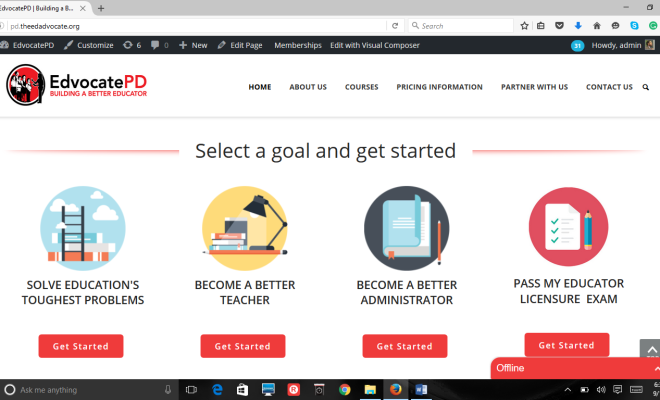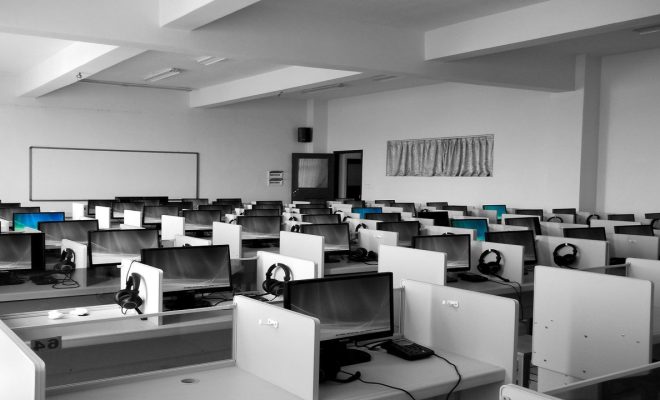Education Needs AI as a Mind Multiplier

New technologies change how we work. Each time a new piece of tech enters the workforce, we lament the loss of jobs, but in reality, the jobs don’t just go away. They become chances to engage in critical thinking and problem-solving.
The advent of AI brings similar concerns, but AI will change the way we learn and work.
Don’t think artificial intelligence in education is some futuristic concept. AI is already here, and it’s in more classrooms than you might think.
AI in Education
MIT has committed $1 billion to interdisciplinary artificial intelligence education. This endeavor aims to help learners in diverse fields incorporate artificial intelligence in their own fields of study. The interdisciplinary approach is frequently cited by researchers as a necessary approach to reducing possible bias in artificial intelligence.
Ethical breaches are a significant concern in AI. At Carnegie Mellon University, graduate learners concern themselves with relevance to bridge theory with real-world application. AI is not just for computer nerds and science/math majors. Eventually, every discipline will integrate artificial intelligence, and universities like Stanford are already implementing artificial intelligence in the classroom.
AI’s Impact on Learning
AI is meant to improve people’s lives and multiply our capacity for thinking. We feel its impact on the way tech interacts with us. If, for example, you use online tech to explore shoe stores, your social media feeds fill up with ads suggesting where you might like to go shopping for tools.
Artificial intelligence predicts your next move, and it can apply these same strategies in the classroom. AI can:
1. Revise our instruction.
Instruction is more about what to do with knowledge and less about the content. AI can provide adaptive learning for students as they apply their education in new ways. As a result, artificial intelligence will change our curriculum and its delivery. You can expect to see more customization and learner-led learning.
2. Prepare learners for jobs that don’t yet exist.
As artificial intelligence permeates the classroom and educators change their practices, it’s necessary to remember that today’s learners will be doing jobs that have not been created yet. It’s challenging to prepare for something you can’t predict, but teaching learners to think creatively, so they will be ready for whatever the future throws at them.
3. Let go of administrative tasks.
Educators are superheroes who can get a lot done in a one-class period, but what if they didn’t need to complete all of their teaching themselves? When educators allow artificial intelligence to do its job, they will find more time to focus on many matters: working with learners.
4. Redefine the skills educators need for successful teaching
Because the role of the classroom educator is changing, so too will the educator’s duties. Educators will no longer have to take care of education management. Artificial intelligence is doing these things.
The future of AI
Humans and computers can continue to collaborate together because they have unique skills. Computers are good at finding patterns, capable of using algorithms in their searches as they compile data with detached objectivity. Humans bring emotion to the classroom. Classroom educators bring understanding and compassion to learning experiences.
Incorporating artificial intelligence is about healthy tech use in the classroom. Finland has introduced artificial intelligence to its citizens to help them better understand the potential of AI and what future implications AI has for the selections they make today. The awareness initiative helps the Finns recognize how their education system can benefit from artificial intelligence as a mind multiplier.






